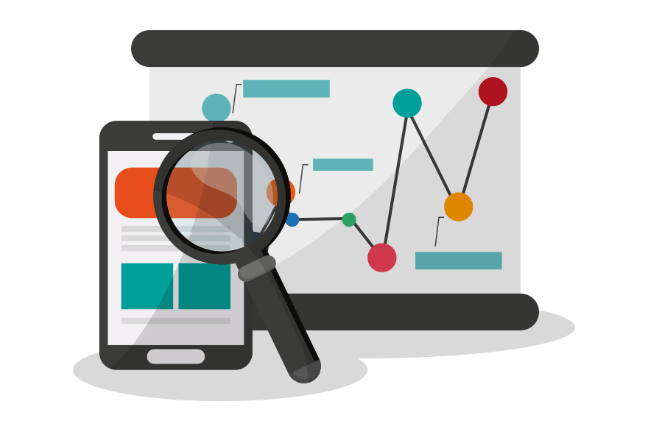Interested in maximising your sales? Good news — RepricerExpress can tell you how! It’s all about testing your Amazon prices to see which figure is the magic one, so without further ado, here’s today’s post!
Testing Your Amazon Prices
There may be one or two sellers out there who hit upon the perfect price right away, but it’s really not a strategy we can recommend. Even if you do oodles and oodles of research beforehand to see what numbers the market demands, it’s still no guarantee they’ll scoop up your wares at those prices.
Instead, just test out prices to see exactly what works. The funny thing about buyers is no matter how predictable they are on paper, rules tend to fly out the window in actuality. Partly this is because shoppers shop with their emotions as well as with their heads, and it’s also partly because data/products/prices fluctuate so regularly, testing is a necessity.
But then the next question becomes: what method(s) of testing work best?
A/B Testing on Amazon
This is a super old method of statistical testing, one which uses Bayesian analysis to figure out results in small batches. The maths is a bit complicated and you don’t have to really understand how it all breaks down, just how to use A/B Testing.
Take one piece of data from your site that you’ve had for a while, change it (and only it), and measure the results. That’s it. That’s how simple it is. The drawback, of course, is that it can be kind of lengthy to test everything you want, but it’s a highly precise way of nailing down exactly which element needs to change (or stay the same).
Amazon Dynamic Pricing
You knew it was just a matter of time before we hit upon repricing, right? Well, here it is! Dynamic pricing, while not exactly the same as repricing, does share many common elements, namely that strategies and intelligence play roles in determining how to set prices.
Probably the biggest example you see today is with airlines, who fluctuate their prices depending on demand, date, capacity, destination, and a host of other factors. Essentially, you’ll be lowering prices when demand is low (and/or supply is high), and raising them when it’s high (and/or supply is low).
And if you use the right repricing software (like RepricerExpress) and employ dynamic pricing smartly, then you can see gross profit margin increases of up to 10% — not too shabby, eh?
Competitor Price Index
This is a handy-dandy measurement that tells you how changes in price levels translate to things like inflation and value of wages/salaries. And using it doesn’t require a whole lot of data, just data that measures price and how it’s weighted.
For example, a Big Mac in London costs about £2.89 (price data), and (this is really roughly simplifying thing) costs £6.50, the minimum wage in the country for those aged 21 and over (weighting data). So for McDonald’s to make a profit, one worker would have to produce more than two Big Macs per hour to cover the cost, plus the cost of materials. You can check this out in more detail with the Economist’s Big Mac Index, but that’s roughly how Competitor Price Index works.
And how this translates into the world of Amazon is CPI tells you how relatively you’re over- or under-valuing your goods in comparison to other merchants selling the same thing.
Brand Value
This is pretty similar to CPI, but with one key difference: how much your product is worth depends on its brand. Sticking with fast food, let’s compare McDonald’s with McFoxy, a knockoff chain found in Ukraine. Because people are more familiar with Big Macs and supersized fries, they’re more willing to pay premium prices at McDonald’s and expect cheaper costs at McFoxy because the products are knockoffs (and of a cheaper quality).
Same thing on Amazon. If you’re selling, say, Mac Air chargers, you can list them at premium prices. But if you’re selling chargers compatible with Mac Airs that don’t have the Apple logo on them, then the price has to be less.
Final Thoughts
You might be wondering why we listed various methods of Amazon pricing instead of just talking about the pros and cons of it, and that’s because we know how important it is to have concrete tips you can use.
Plus, here’s a bonus one for you: using RepricerExpress, yeah! But wait, there’s something you gotta do first: sign up for your free 15-day trial so you can get in on the goods.






